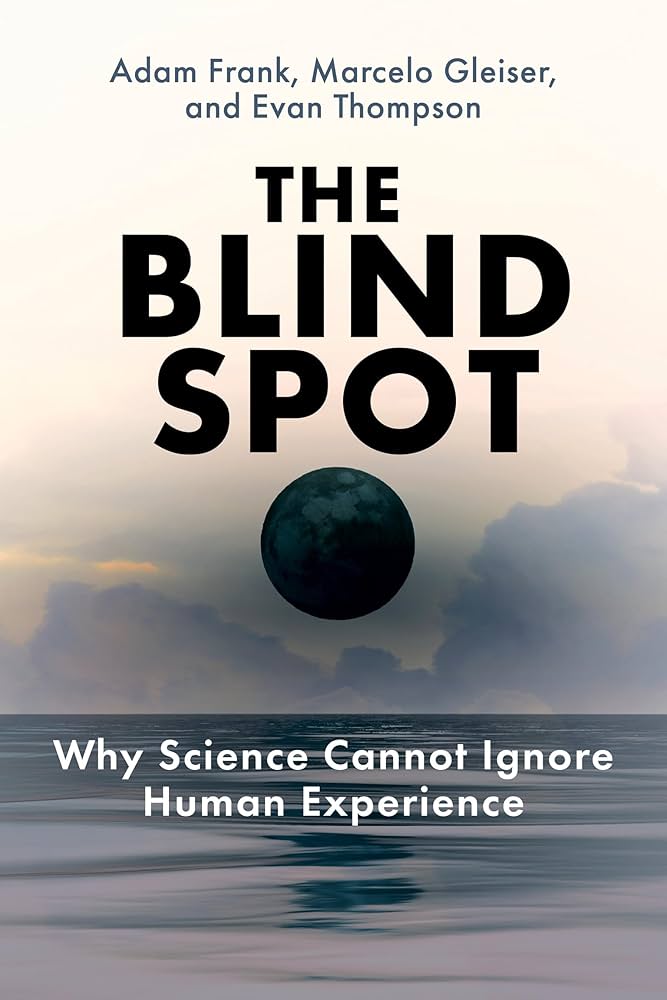In our daily lives, we often encounter the situation that when a problem arises, we always involuntarily respond to it in the same way as we did in the past, as if there is a set of “default programs” in our minds that run without thinking. This phenomenon is known as the “Mental Set Effect” in psychology.
Simply put, the Mental Set Effect means that when we think about or solve problems, we are influenced by our past experiences and existing knowledge, and thus habitually use familiar methods, while ignoring other more effective and newer possibilities. This “autopilot” mode of thinking is sometimes a guarantee of efficiency, but sometimes a stumbling block to progress.
Why do we develop stereotypes?
Imagine you are learning Go. Many people start by learning the rules summarized by their predecessors, such as “layouts” and “joseki”. At first this is very helpful, as it saves a lot of thinking time and avoids common mistakes. However, there is a problem – once you have mastered these routines, when you encounter a slightly different situation, your brain will still default to the old way of thinking, even if it is not the best way.
For example, when we walk down the street and see a red light, we hardly need to think before we know to stop. This “automatic response” is the result of accumulated experience, which greatly improves our efficiency. But at the same time, it also indicates that our judgment in some situations is “default” rather than “thinking”.

If you are an experienced driver, you may subconsciously step on the brakes and pull the handbrake in an emergency situation. This quick reaction is the positive side of the stereotype effect. However, if circumstances change, such as brake failure or slippery road surfaces, this default action may no longer apply.
Positive aspects of the Habituation Effect
Although the term “stereotyping” may sound negative, it can be beneficial in many situations:
1. Helps to make quick decisions.
Because we have previous experience, we don’t need to start from scratch when faced with similar situations. For example, if you have been working in a certain industry for 10 years, you are able to give a quick response to a customer’s problem, which gives you an advantage over a newcomer.
2. Saving cognitive resources
The human brain has to process a lot of information every day, and if every decision has to be analyzed from scratch, it will be very inefficient. Stereotypes allow us to “go with the flow”, which is very efficient in low-risk situations.
3. Improve work-study efficiency
For students, especially in the test-taking stage, familiarizing themselves with the types of questions and mastering their routines can significantly increase the speed of solving them. Just like taking the college entrance exam, after brushing up a lot of questions, your brain will be able to react quickly once you see the question type, instead of having to rethink it every time.
4. Enhance adaptability
When we consciously recognize the existence of the stereotype effect, we can make better use of it to do better in familiar scenarios and learn to switch our thinking in changing scenarios.
Pitfalls of the stereotype effect: experience isn’t everything
However, the stereotype effect is not always a “good friend” that helps, and in many cases it becomes an invisible “limiter”.
Take a look at this classic psychological story:
The famous American science writer Asimov is a genius character, IQ as high as 160, he once with a car mechanic chat, the mechanic out of a brain teaser: a deaf and mute into the hardware store, want to buy nails, so did a hammering nails gesture, the sales clerk misunderstood that he was going to buy hammers, and finally realized that he needed to be the nails. So if a blind man wants to buy scissors, how should he express himself?
Asimov thought nothing of it and immediately made a scissors shape with his hand. But the mechanic laughed and said, “He’s blind, so of course he can just say ‘I want scissors’.”
At that moment, Asimov realized that he was too familiar with “non-verbal expression” and had forgotten the more direct solution in reality. This kind of “kidnapped by experience” thinking is a typical stereotype effect.
Why is the stereotype effect a problem?
The world is changing. In the past, it was popular to ride bicycles, but now everyone rides an electric car or drives a car; in the past, we had to carry cash when we went out, but now a cell phone can take care of our food, drink, housing and transportation. Our cognition should also keep up with the changing times.
Here are a few possible negative effects of the stereotype effect:
1. Stifling innovation
By relying too much on old experiences, we miss out on approaches that are fresh and may even be better. Over time, the ability to innovate is suppressed.
2. Reduces problem solving skills
When faced with complex problems, if we always use the same old methods, we will easily fall into a “dead loop” and fail to come up with more efficient solutions.
3. Increase the risk of decision-making errors
We may overlook some key information because our brain has been used to filtering the content that does not match our experience.
4. Reduces life satisfaction
Being always the same, lacking freshness and challenges, will gradually make people lose interest and enthusiasm in work and life.
How to get rid of the limitations of the stereotype effect?
Since the stereotype effect has both advantages and disadvantages, we need to learn to break it at the right time and keep flexible thinking. Here are a few effective ways to do so:
1. Accept different opinions and perspectives
Don’t be quick to dismiss other people’s suggestions. When someone offers you a new perspective, listen and think about it first. Even if you don’t end up adopting it, it will broaden the boundaries of your thinking.
2. Self-reflect often
Ask yourself every once in a while: Am I relying too much on past experiences? Am I overlooking new possibilities? Conscious reflection helps to identify blind spots in your thinking.
3. Try new things
Don’t always follow the old ways. For example, you may change your working methods, learning style, or living habits, and you may get unexpected benefits from changing them once in a while.
4. Accept Trial and Error and Failure
No one is perfect. Accepting mistakes is a prerequisite for growth. Sometimes failure can break your old frame of mind and show you a new direction.
Breaking stereotypes: the Apple story
Take a look at how Apple broke the mold of stereotypical thinking. At one point in the 1990s, Apple was in serious trouble. But instead of choosing to copy the product ideas that were already on the market, they were bold and innovative, launching the iPod and iPhone, which revolutionized the way people live their lives. These products not only saved the company, but also revolutionized the whole industry.
Apple’s success tells us that true breakthroughs often come from moments of thinking outside the box and courageously challenging experience.
Summary: Let experience be a tool, not a shackle
The stereotype effect is like a double-edged sword – used well, it can make us more efficient and secure; used poorly, it can make us rigid and sluggish. Experience is valuable, but if it becomes an excuse for us to stop thinking, it can stunt growth.
We live in an era of rapid change, and the only constant is change itself. In order to adapt to the world and progress, we must always remind ourselves: do not be trapped by experience, do not be kidnapped by “this is how I used to do it”.
From today onwards, give your brain a little more space, and bravely try new methods and new ways of thinking. Because every time you adjust your way of thinking, you are taking a step towards a better, clearer version of yourself.
“Don’t be afraid to change your mind, because every change is the beginning of a growth spurt.”
If you enjoy this type of psychology-themed content, feel free to follow more of our series of articles on cognition, behavior, and growth to help you understand yourself better and take control of your life’s rhythms.

